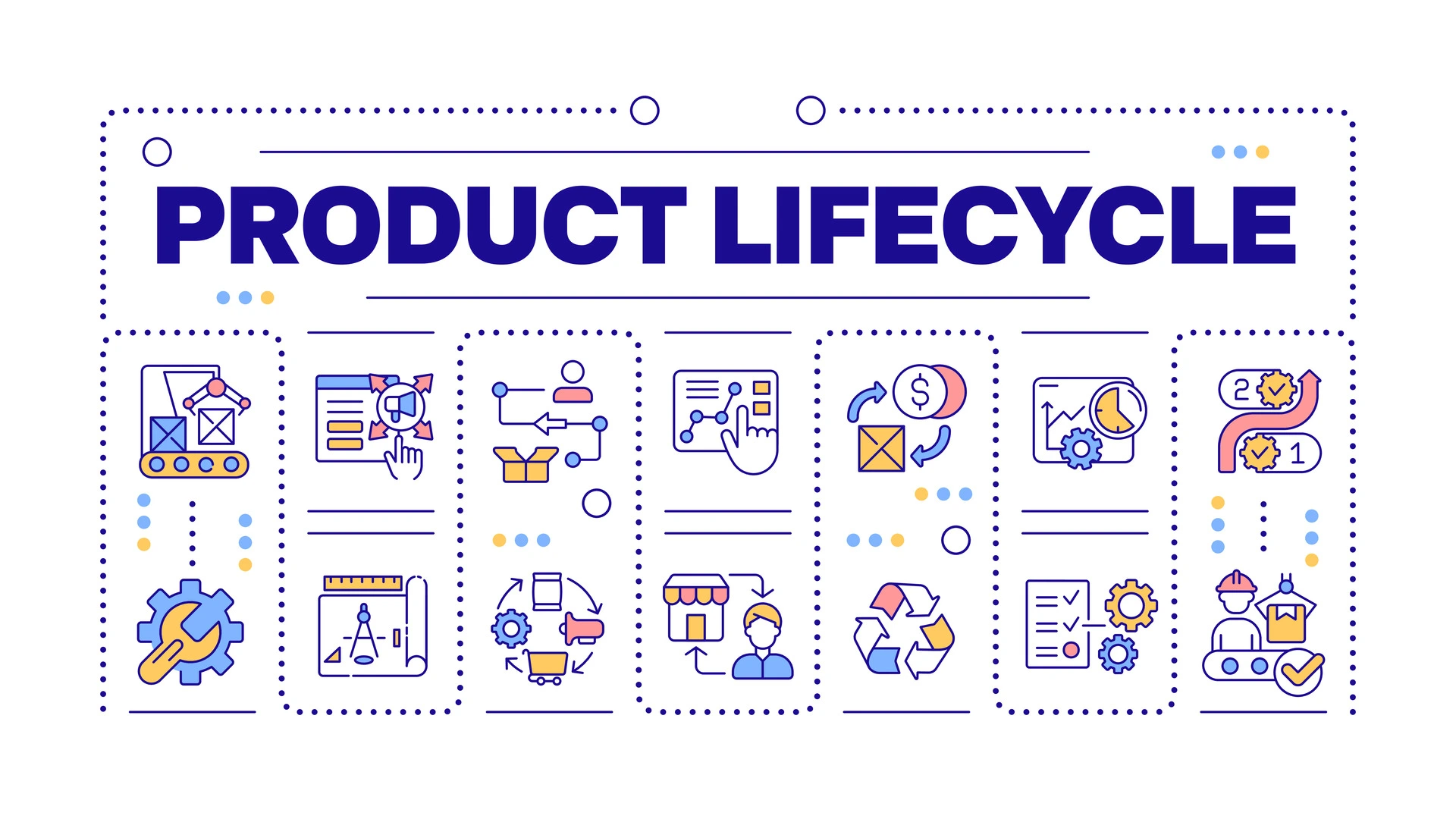Product Life Cycle
Understanding and managing the product life cycle (PLC) is crucial for long-term success. Companies must adopt effective strategies to ensure their products remain competitive throughout their lifecycle. This blog explores the essential PLC management strategies that can drive sustained success in the ever-evolving marketplace.
The product life cycle in marketing refers to the stages a product goes through from its inception to its decline. These stages include introduction, growth, maturity, and decline. Each stage requires specific strategies to maximise the product’s potential and profitability. By understanding the PLC, marketers can better plan and execute their marketing efforts, ensuring optimal performance at every phase.
1. Importance of Product Life Cycle Management in Sustaining Competitive Advantage
Effective Product Life Cycle management is vital for maintaining a competitive edge. By proactively managing each stage, companies can extend the product’s lifespan, maximise returns, and adapt to changing market conditions. Strategic product life cycle management involves continuous monitoring, innovation, and adaptation, allowing businesses to stay ahead of competitors and meet evolving customer needs. Understanding the product life cycle in marketing helps organisations make informed decisions, optimise resources, and achieve long-term success.
2. Understanding the Product Life Cycle
The product life cycle in marketing is a framework that describes the stages a product goes through from its inception to its eventual decline. These stages are Introduction, Growth, Maturity, and Decline. Each stage presents unique challenges and opportunities for marketers.
a) Introduction Stage:
This is the launch phase of a product. Marketing efforts focus on creating awareness and stimulating demand. The main challenge here is to convince early adopters to try the product. For instance, when electric cars were first introduced, they were in this stage.
b) Growth Stage:
During this phase, the product gains acceptance, and sales increase rapidly. Marketing strategies aim to differentiate the product from competitors and expand the market. Challenges include managing a growing customer base and fending off competition. Smartphones in the mid-2000s are a good example of a product in the growth stage.
c) Maturity Stage:
In the maturity stage, sales growth slows down as the product reaches market saturation. Marketing efforts focus on maintaining market share and extending the product’s life cycle. The challenge is to innovate and add features to stay relevant. Traditional laptops are often in this stage, continually updated with new features.
d) Decline Stage:
The decline stage is marked by a decrease in sales as the product becomes obsolete or outpaced by new innovations. Marketing strategies may involve harvesting or divesting the product. The challenge is deciding whether to rejuvenate the product or let it phase out. DVD players are a classic example of a product in the decline stage.


Comments
Post a Comment